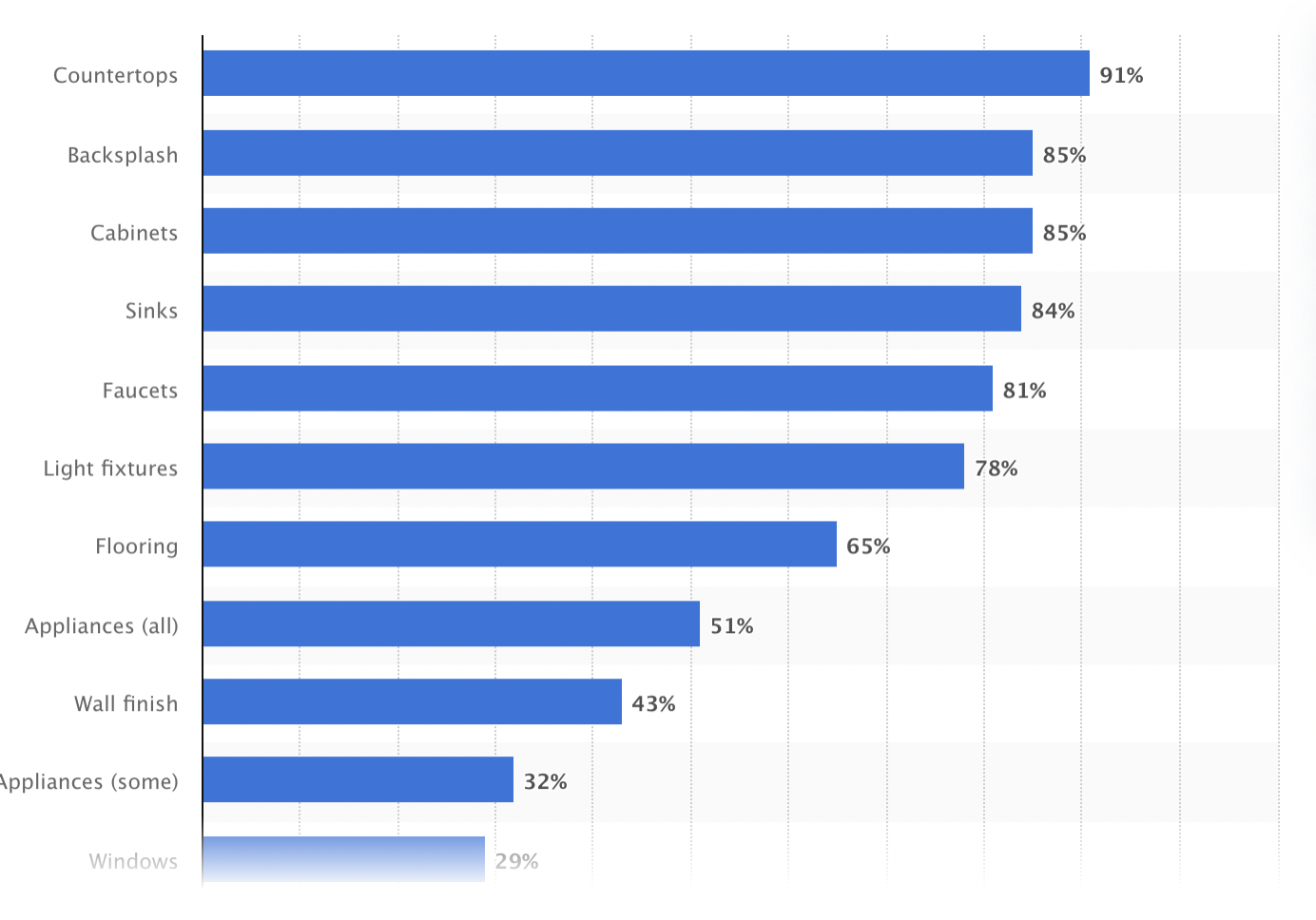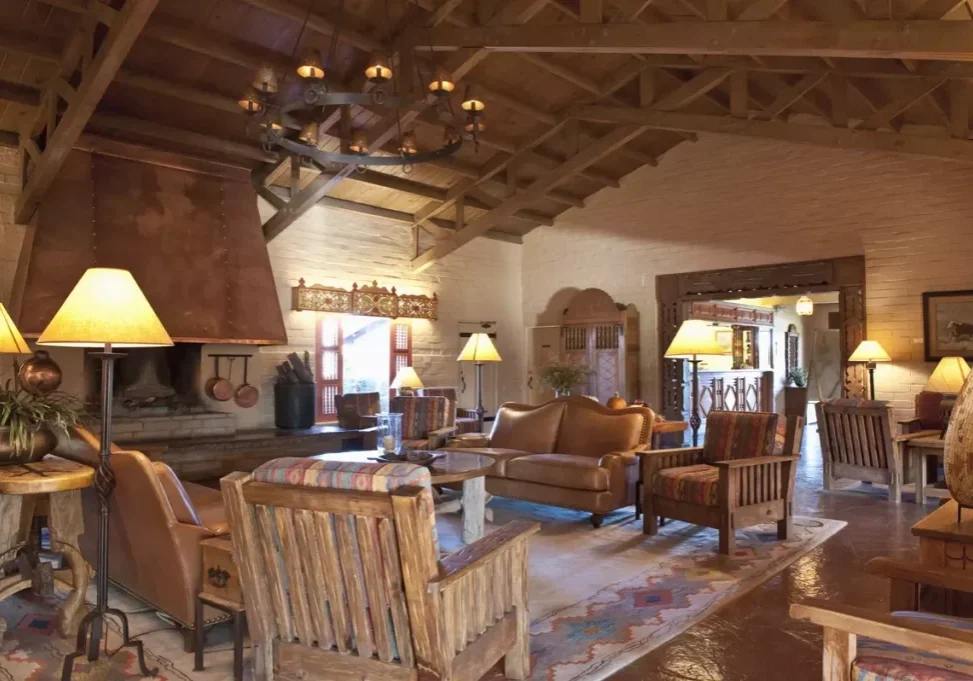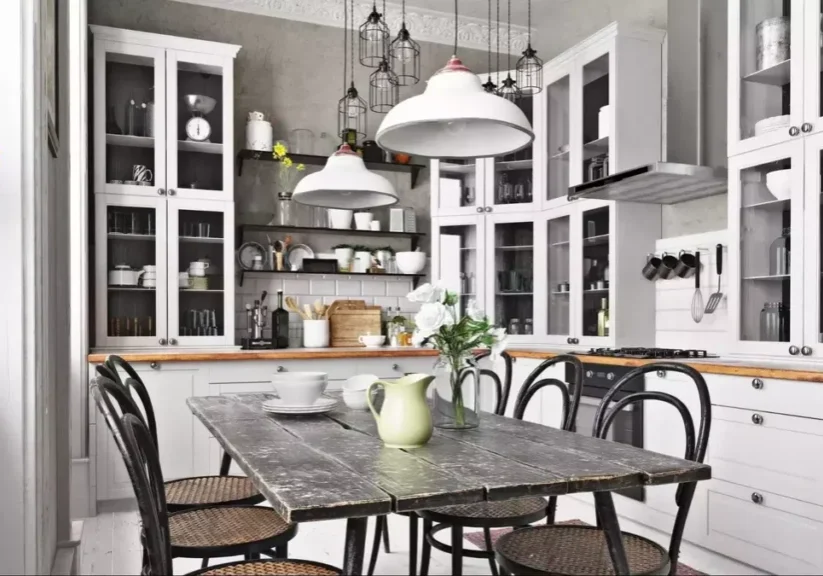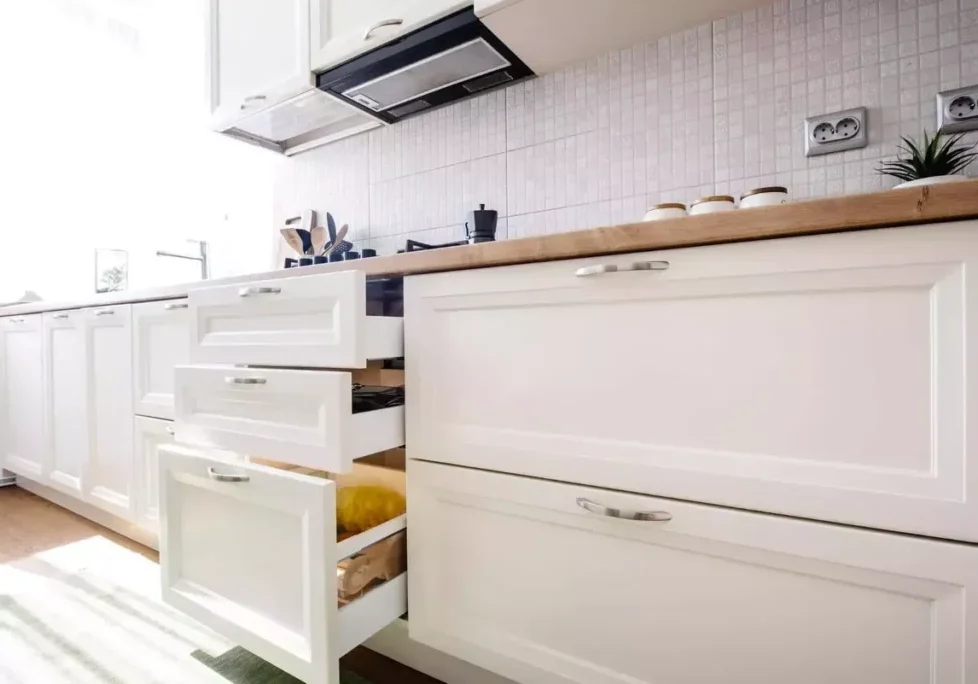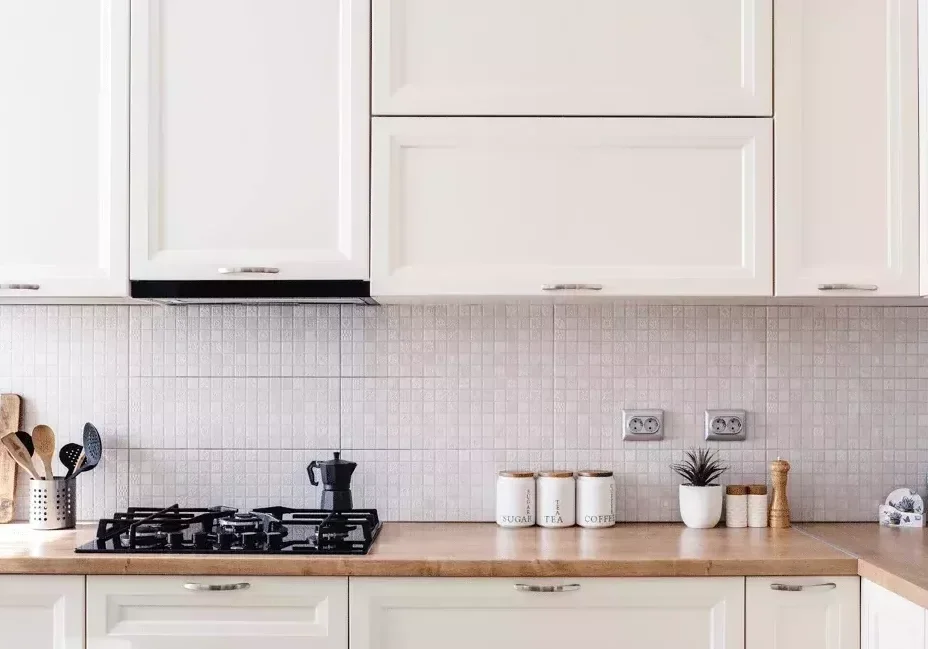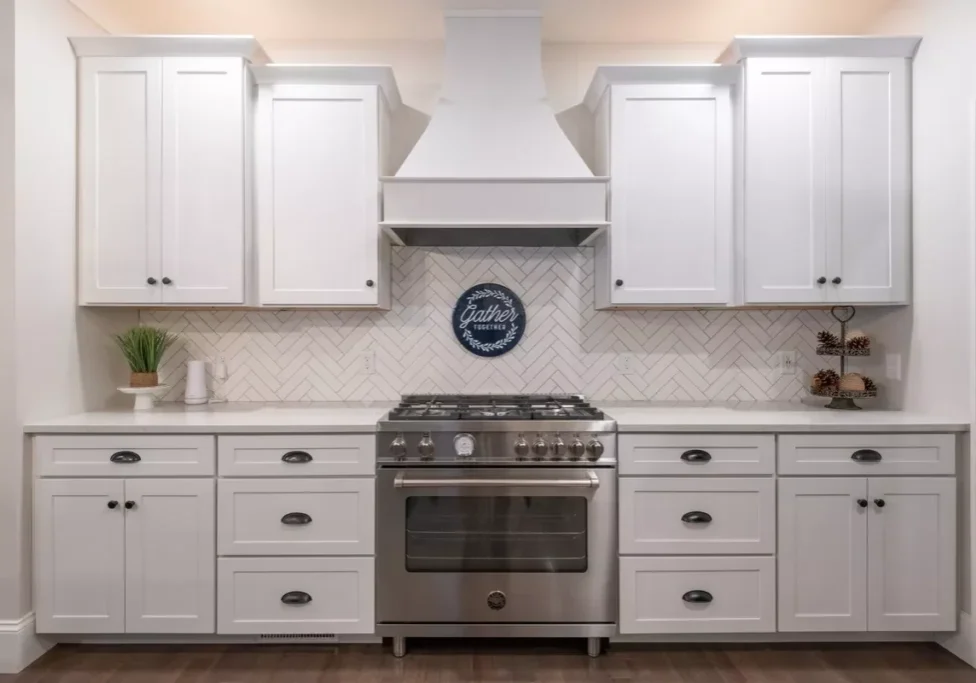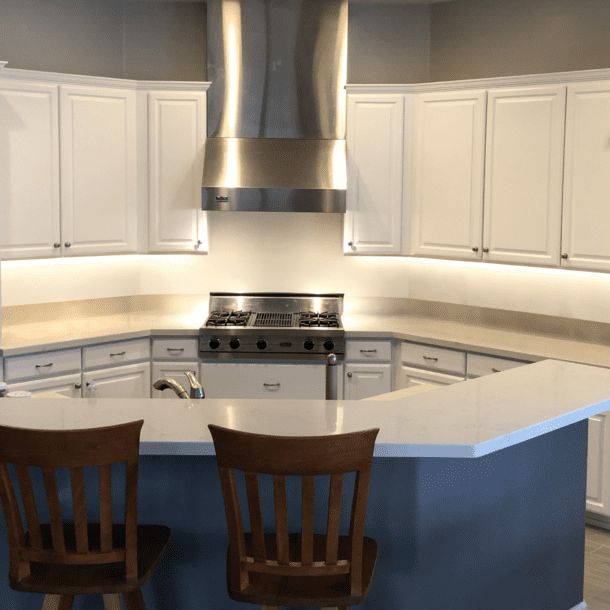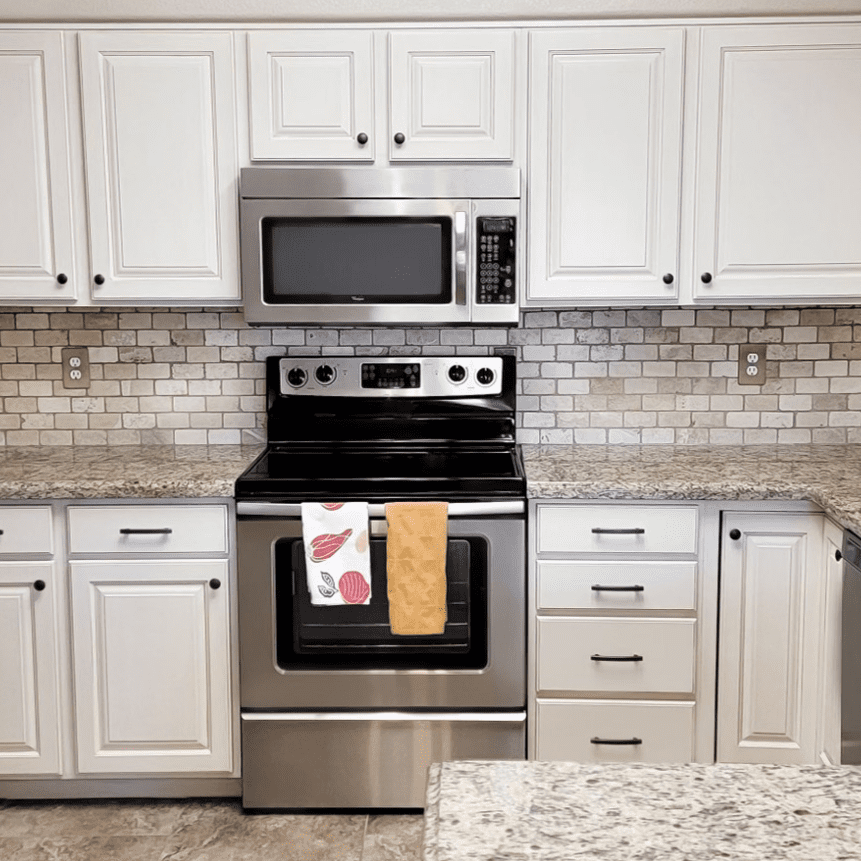Guide to Kitchen Island Cabinets
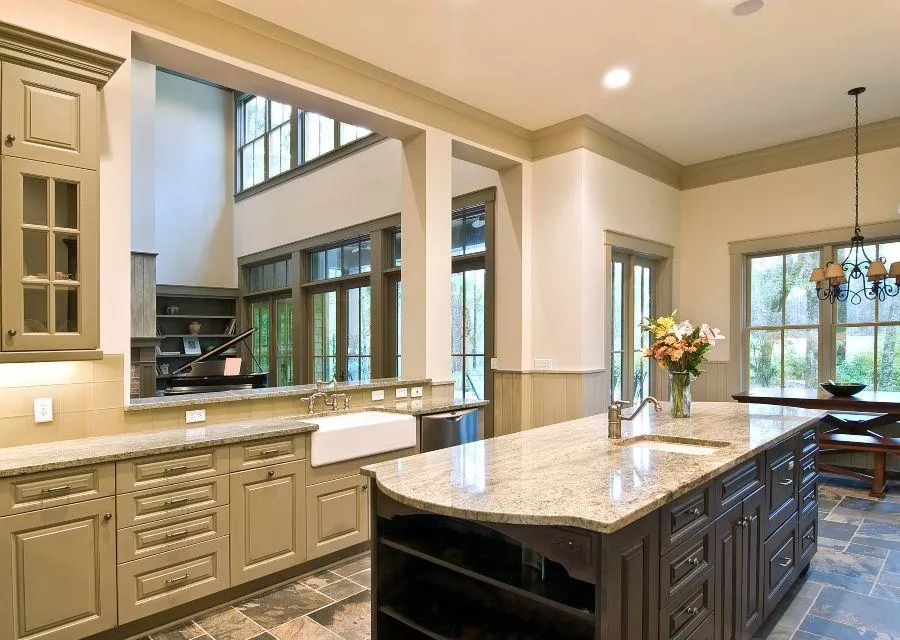
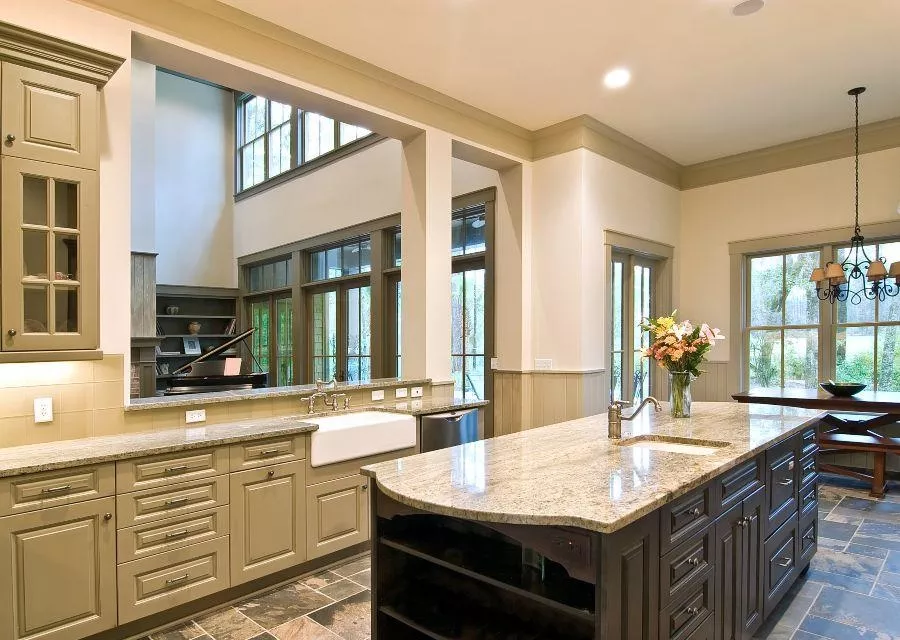
Kitchen islands are more than just a visual centerpiece in modern kitchens—they are a hub of daily activity, combining style with practicality. Whether you’re aiming to design a striking focal point or a multifunctional workspace, integrating cabinets into your kitchen island enhances its appearance and boosts its utility.
Are you looking to conceal appliances seamlessly or perhaps maximize your storage space? This guide will help you navigate through the essentials of kitchen island cabinets, including their purpose and functionality, optimal configurations and sizes, and the best styles and materials to complement your space and meet your storage needs.
Need help with a kitchen update?
When you’re ready to add a kitchen island with cabinets to your space, turn to Cabinet Coatings. In business since 1996, our family-owned and operated service offers expert advice and free virtual and in-home estimates to help you make the most of your kitchen space.
Purpose and Functionality
Kitchen island cabinets serve multiple purposes, from providing storage for pots and pans to making space for housing appliances. Many even have fixtures like built-in sinks and cooktops to better define work areas and improve kitchen accessibility. Islands also make a great spot to gather for casual meals as a central hub in busy homes.
The functionality of kitchen island cabinets varies based on their design, with some featuring open shelving for quick access to everyday items and others boasting deep drawers with special compartments for utensils, spices, and appliances. Adding extras like pull-out bins and built-in recycling containers can enhance the utility of the space even further.
Configuration and Size
When considering kitchen island cabinet ideas, keep configuration and size in mind. First, tailor your selections to your household’s needs and your kitchen’s dimensions. Standard options typically range from 2 to 3 feet wide and 4 to 6 feet long, but you can adjust these dimensions to fit in larger or smaller spaces, depending on your requirements.
Consider how you plan to use the island when planning your configuration. For instance, if you prioritize cooking and food prep, ensure the space includes cabinets for storing cutting boards and mixing bowls. If you want to use the area for dining, pick designs with extended countertop overhangs to handle seating. You might also integrate appliances like dishwashers and wine coolers with the island design to maximize space savings.
Style and Material
The style and material of your kitchen island cabinets should mesh well with your space’s overall aesthetic while delivering durability for reliable, frequent use. Wood offers a classic look, excellent longevity, and fuss-free opportunities to change the color with paint and stains. On the other hand, stainless steel designs create a modern look that blends well in industrial spaces and complements contemporary appliances. Laminate provides a budget-friendly alternative in a broad range of colors and finishes for easy personalization.
Pick from numerous cabinet styles, including minimalist for modern spaces and ornate for traditional kitchens. Shaker-style cabinets are popular with their flat-panel doors around an edge and slab, especially when you want a sleek look with no handles. If you’d rather have hardware, choose designs with knobs and pulls that blend well with your overarching design theme.
How to Maximize Storage
Look for thoughtful designs that smartly utilize available space when you’re considering kitchen island cabinet ideas. Incorporate storage solutions like different-sized drawers and cabinets, and make the space more versatile with adjustable shelving and specialty units like pull-out spice racks and tray dividers. Add narrow shelving to either end of the island to accommodate frequently used items like cooking oils and cleansers. If your space includes a seating area, use the space beneath the overhang to tuck stools away when not in use.
Installation Considerations
Ensure functionality and safety by taking these considerations into account when installing kitchen island cabinets. First, the island’s placement in relation to the rest of the kitchen layout should allow for easy movement around the area without obstructing the flow between the sink, stove, and refrigerator. Next, electrical and plumbing considerations matter for a kitchen island with appliances or a sink, so plan outlets and configure water lines carefully for a successful installation. Lastly, make sure the floor can support the additional weight of the island, especially if you pick out heavier materials like granite or marble for the countertops.
Ready to remodel your space?
A kitchen island with cabinets makes your space more fashionable and functional, and Cabinet Coatings provides quality craftsmanship with honest, upfront pricing. Get the job done right the first time by contacting us today.
Recent Posts

Laundry Room
A Laundry Room Makeover Has Never Been Easier Laundry Room Cabinet Refacing throughout Arizona Do you have big remodeling plans…

Kitchen
Enjoy the Kitchen Cabinets of Your Dreams for a Price You’ll Love Kitchen Cabinet Refacing throughout Arizona Experience a transformation…
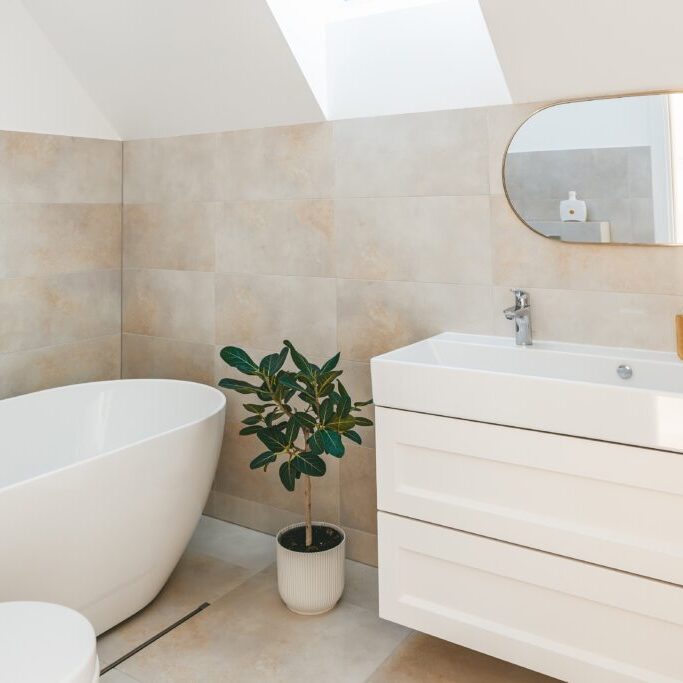
Bathroom
Update Your Bathroom Cabinetry for a Fraction of the Cost of Buying New Bathroom Cabinet Refacing throughout Arizona Breathe new…
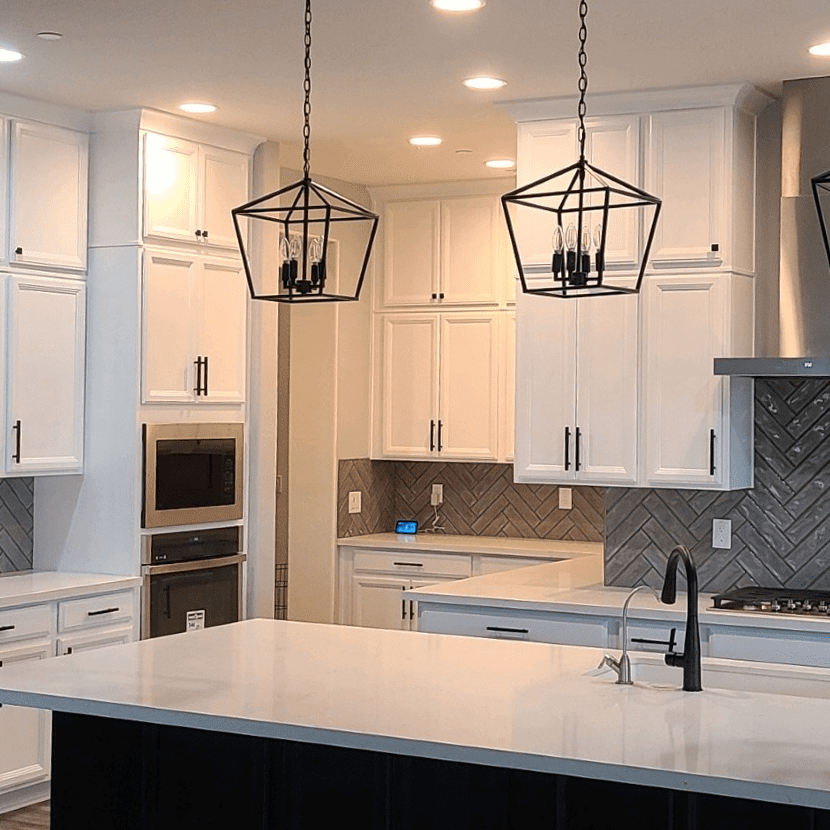
Cabinet Remodeling
A New Look Designed for Your Space. Cabinet Remodeling throughout Arizona Cabinet Coatings has been one of the Valley’s leaders…


